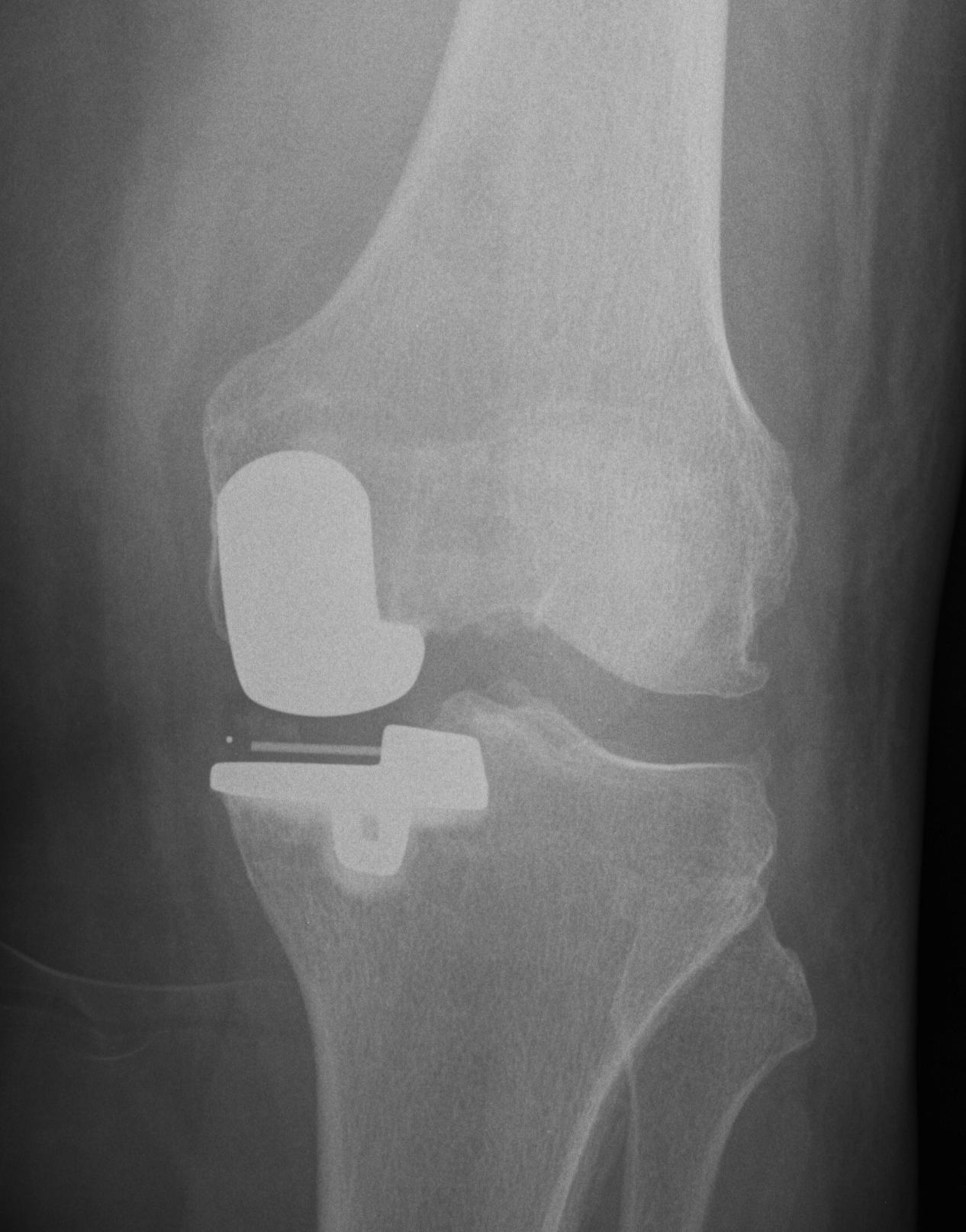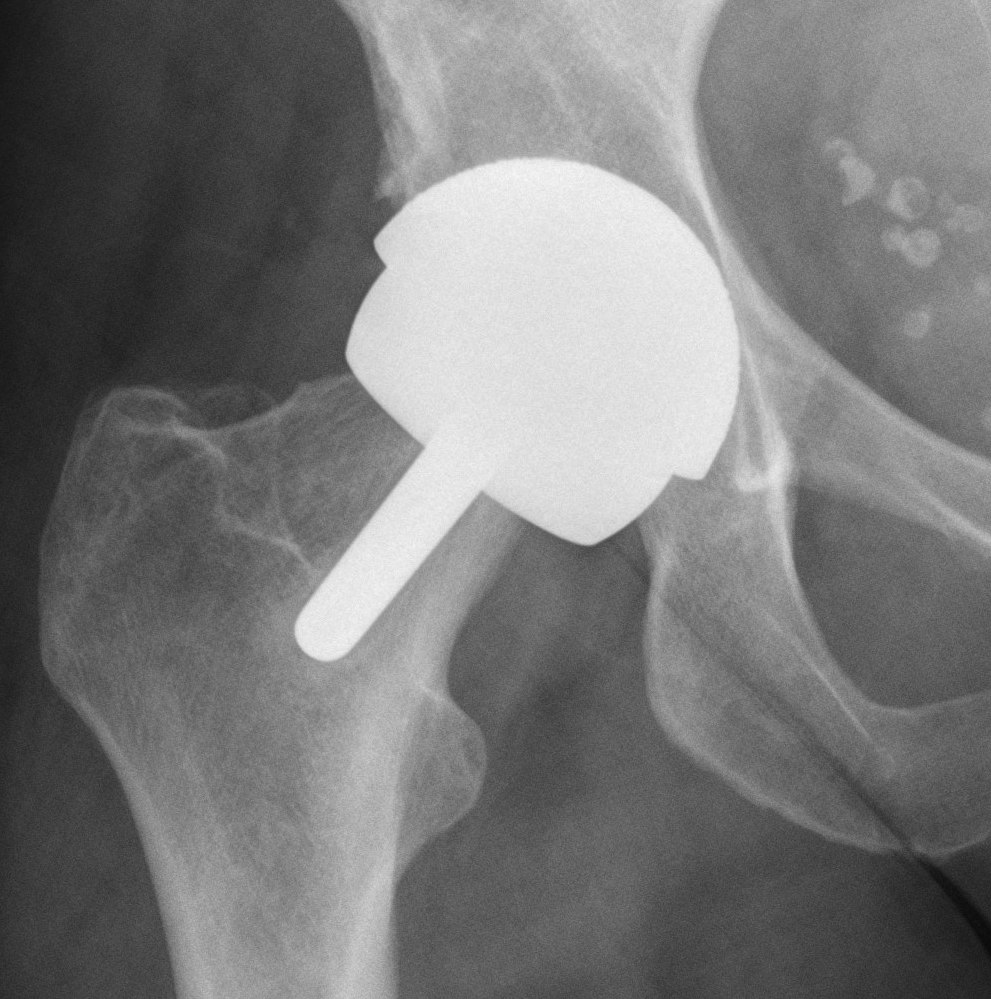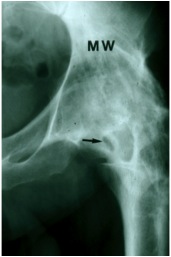Ankle Arthrodesis
Results
90% fusion rates
Lose 70% sagittal plane ROM
70% sagittal plane ROM
Disadvantages of Arthrodesis
Non union rates up to 12%
Decreased gait speed
Poor mobility over uneven surfaces
90% fusion rates
Lose 70% sagittal plane ROM
70% sagittal plane ROM
Non union rates up to 12%
Decreased gait speed
Poor mobility over uneven surfaces
Need the least amount of constraint necessary to obtain sufficient stability
Advantages
- increase stability
Disadvantage
- increase stress at implant host interface
1. Unconstrained
A. Posterior cruciate retaining
1. Always resurface
2. Never resurface
3. Selectively resurface
Controversial
- literature divided on issue
Historically
- poor outcomes due to poor implant design
- now improved designs
- non resurfacing also improved due to better design and improved techniques in regard to tracking and rotation

UKA is intended to be load sharing
- correct to neutral or slight varus
HTO is a load-shifting / load-sparing procedure
- over correct into valgus
Advantages UKA
1. Rapid rehabilation
The perpendicular distance from the centre of the femoral head to the long axis of the femur
Harris 1992
- aim for supra-physiologic offset
- avoid making offset less than original at all costs & makes longer if possible
Soft tissue balancing equals restoring femoral offset
1. Abductor lurch / Trendelenburg gait

Femur
- removal of femoral head cartilage
- resurfacing with metal
- cemented / uncemented
Acetabulum
- standard technique
Bearing surface
- metal on metal
Relatively young man (40 - 50)
OA

Young adult
- 16 - 30 years old
- monoarticular disease
- heavy demand
Exhausted options of osteotomy
- risk of THA failure / multiple revision surgeries considered too high
Maximise bony contact
Minimise shortening